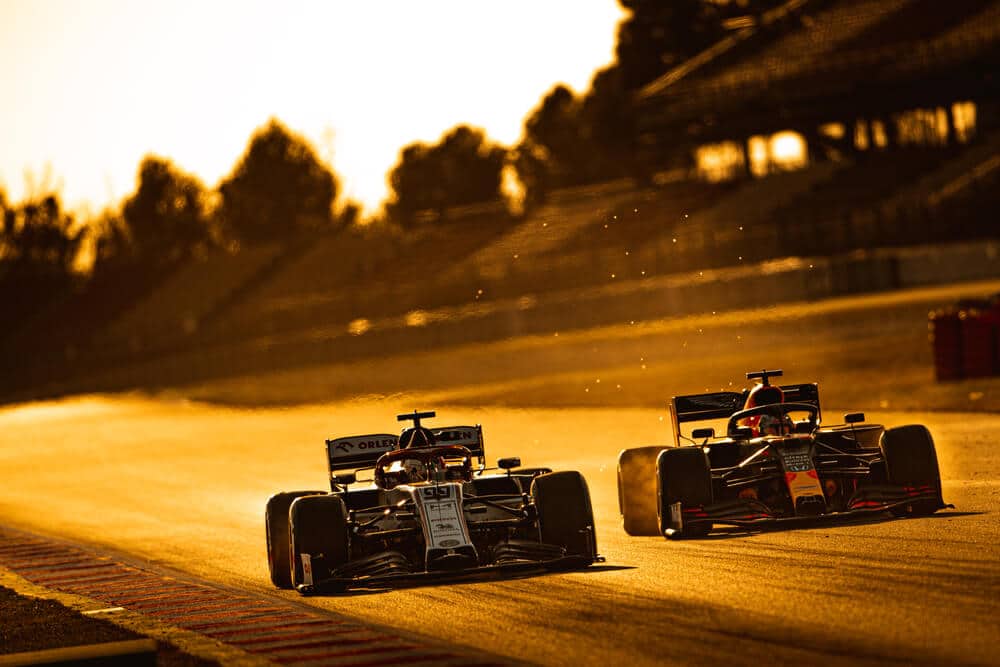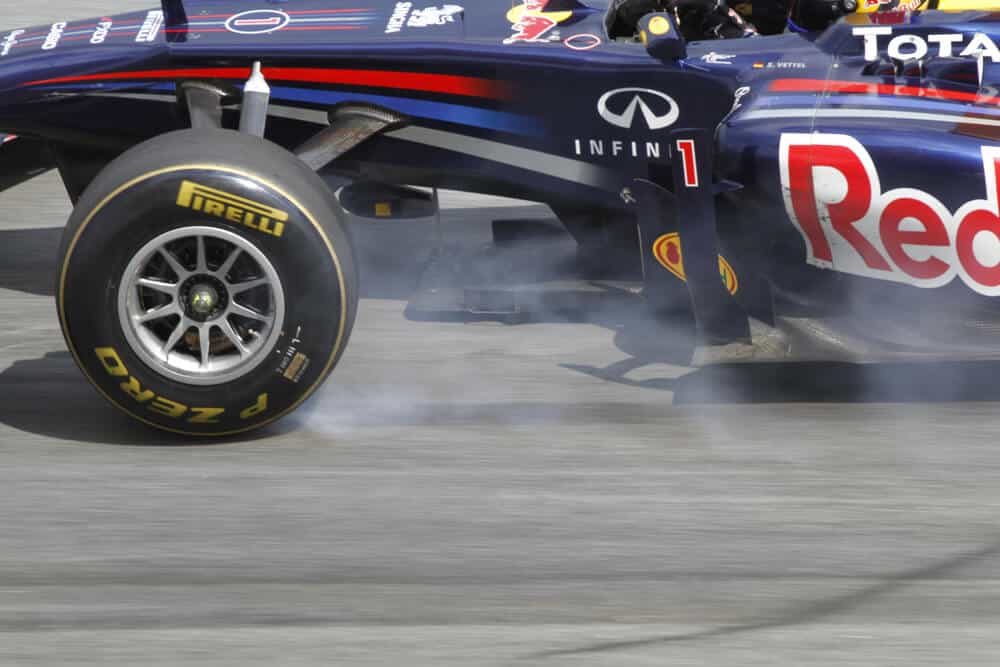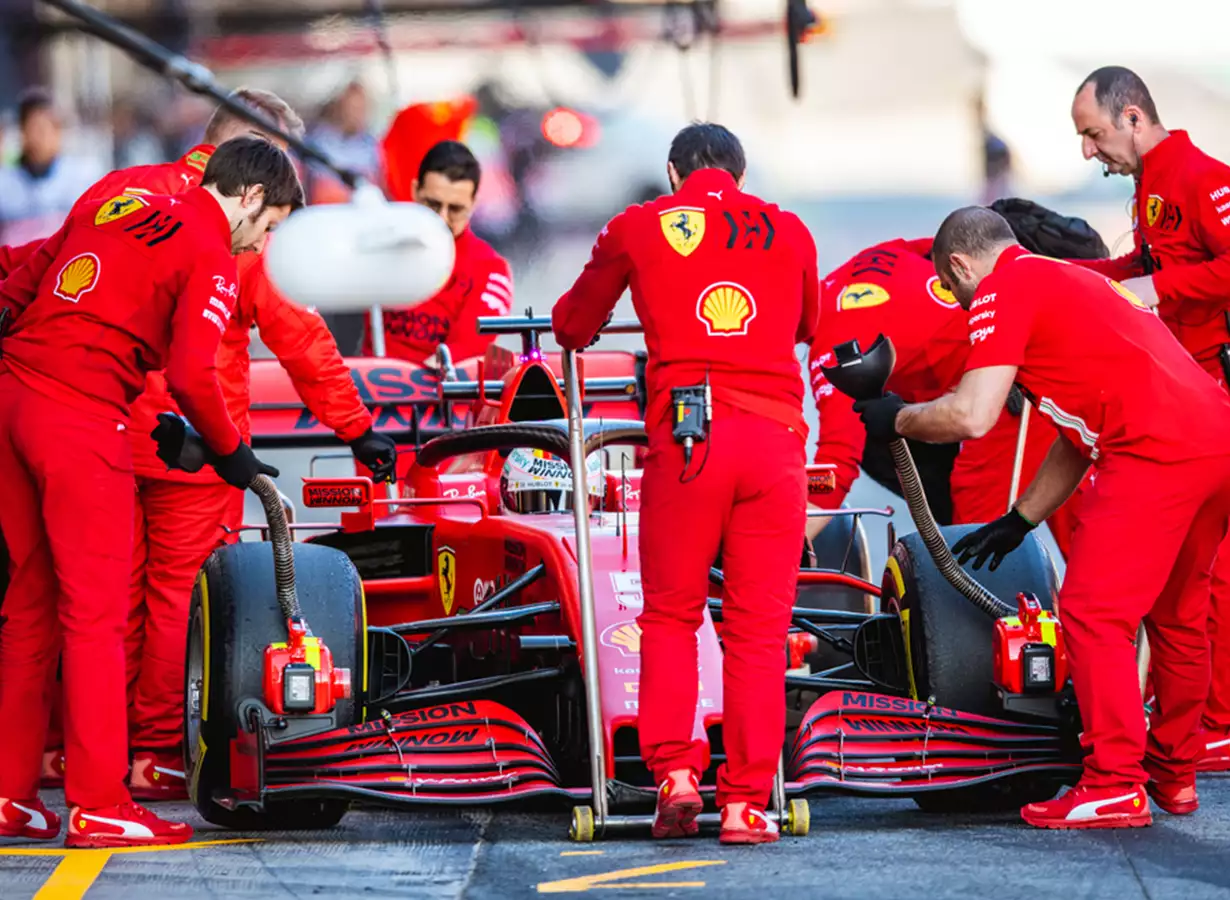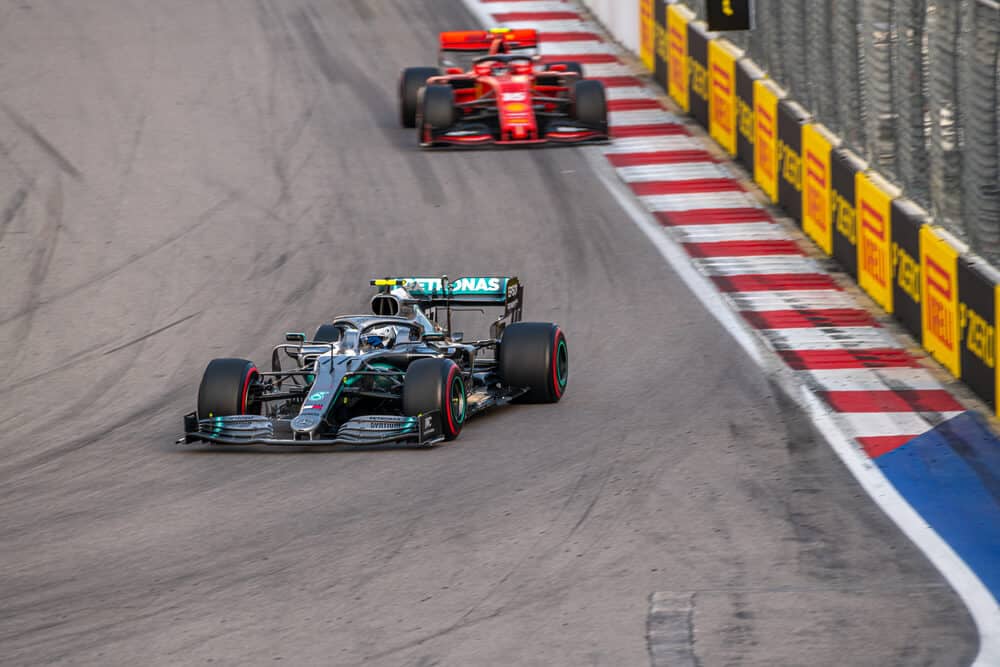Revving engines, high-speed maneuvers, and nail-biting overtaking battles are what make Formula One racing an adrenaline-fueled spectacle. Overtaking, the art of passing a rival driver, lies at the heart of this exhilarating sport. As an overtaking specialist and professional editor, I’ll take you on an immersive journey into the world of overtaking in Formula One, exploring its fundamentals, techniques, strategies, and memorable moments.
Table of Contents
Watch this video to learn more about overtaking in F1.
Understanding the Fundamentals of Overtaking
The Physics Behind Overtaking
Overtaking is not merely a daring act of bravery; it’s a calculated move that requires understanding the physics of speed and aerodynamics. When a car travels at high velocities, it faces significant air resistance, hindering its progress. Skilled drivers exploit the slipstream effect, utilizing the airflow created by the car ahead to reduce air resistance and gain a boost in speed.
Key Factors Affecting Overtaking Possibilities
Overtaking opportunities are intricately linked to the characteristics of the racing circuit. Some tracks boast long straights and wide corners, providing ideal stretches for drivers to attempt overtakes. Conversely, tight and narrow circuits make it arduous to find suitable passing opportunities. Weather conditions also play a crucial role, as rain can create unpredictability and amplify overtaking chances. Additionally, tire strategies come into play, as worn-out tires may give an advantage to a pursuing driver.
Overtaking Techniques Used by Formula One Drivers
1. DRS (Drag Reduction System)
The Drag Reduction System, or DRS, is a game-changer when it comes to overtaking. It’s a sophisticated mechanism that alters the angle of a car’s rear wing, reducing drag and granting a temporary speed boost. However, DRS can only be activated within designated zones when a driver is closely trailing another car. This technological advancement has sparked debates, with some purists arguing it has made overtaking too artificial. Nevertheless, DRS remains a pivotal tool for drivers aiming to gain positions.
2. Slipstreaming and Drafting
Picture this: a driver tucks in behind the car in front, cleverly utilizing the slipstream effect to reduce drag and close the gap. When the opportune moment arises, the trailing driver pulls out of the slipstream, capitalizing on the increased speed to execute a daring overtake. Mastering this technique requires impeccable timing and spatial awareness, but it remains a classic and thrilling overtaking maneuver.
3. Late Braking
In the high-speed ballet of Formula One, braking at the last possible moment can be the key to overtaking success. A skillful driver will brake later than their rival, carrying more speed into a corner and seizing the inside line. This technique demands nerves of steel, as it leaves minimal room for error. However, when executed to perfection, late braking can leave spectators awestruck.
4. Outsmarting the Defender
Overtaking is not solely about raw speed; it’s also a mental chess match. Savvy drivers assess their opponents, identifying weaknesses in their racing lines or approaches to corners. By exploiting these vulnerabilities, they set the stage for a calculated overtake, catching the defender off guard. It’s a tactical art form that requires a deep understanding of rival drivers’ tendencies.
Overtaking Strategies Employed by Formula One Teams
1. Pit Stop Timing
Behind every successful overtaking move lies a shrewd team strategy. Pit stops, where tires are changed and adjustments are made, can significantly impact overtaking opportunities. Teams carefully analyze race data and assess the current state of the car and tires before deciding on the optimal pit stop timing. Staying out longer on track to gain an advantage through fresher tires or opting for an early stop to leapfrog competitors are common strategies.
2. Team Orders
Team orders add a layer of intrigue and complexity to overtaking scenarios. In multi-driver teams, the team’s interests may sometimes outweigh individual aspirations. Drivers may receive team orders to hold positions, defend, or let their teammate pass. This strategic move aims to maximize points and team performance. However, team orders can be a double-edged sword, often sparking controversy among fans and within the racing community.
Learning from Memorable Overtaking Moves in Formula One History
1. Gilles Villeneuve’s “The Pass” at Dijon (1979)
The year was 1979, and the French Grand Prix at Dijon witnessed an awe-inspiring duel between Gilles Villeneuve and René Arnoux. As the two drivers went wheel-to-wheel, trading places several times in a nail-biting tussle, Villeneuve’s tenacity and impeccable car control shone through. This memorable overtake remains etched in Formula One folklore, showcasing the sheer brilliance and spectacle of overtaking at its finest.
2. Ayrton Senna’s Epic Opening Lap at Donington (1993)
In the 1993 European Grand Prix at Donington Park, Ayrton Senna left a lasting imprint on the sport with an astounding opening lap. Starting in fourth place, Senna showcased his wet-weather prowess, darting past rivals with breathtaking audacity. His sensational overtaking masterclass transformed the race, and he went on to secure a legendary victory. This historic moment exemplifies the blend of skill and bravery that defines Formula One overtaking.

Developing Your Overtaking Skills
1. Simulators and Practice
To excel at overtaking, aspiring drivers and enthusiasts can harness the power of simulators. These cutting-edge training tools offer virtual environments where drivers can practice overtaking scenarios repeatedly, honing their technique without the risk of real-world consequences. The virtual track becomes their canvas for experimentation and improvement.
2. Fitness and Mental Preparation
Overtaking maneuvers demand peak physical fitness and mental acuity. Drivers undergo rigorous training regimes to build endurance, strength, and reflexes. Furthermore, mental preparedness is paramount as overtaking decisions must be made swiftly and with unwavering focus. Visualization techniques and psychological training help drivers maintain composure and make split-second decisions during intense racing situations.
Frequently Asked Questions
1. What is overtaking in Formula One?
2. How do Formula One drivers execute overtaking maneuvers?
3. What is the Drag Reduction System (DRS) in Formula One?
4. Are there certain tracks in Formula One that favor overtaking?
Conclusion
As we bid farewell to the captivating world of overtaking in Formula One, we can now grasp the intricacies that propel this adrenaline-charged sport forward. From the physics that govern high-speed duels to the strategic brilliance of teams, overtaking showcases the perfect harmony between man and machine. Emulating the masters of overtaking and relishing historic moments, drivers and fans alike can revel in the exhilarating spectacle that defines Formula One racing. With continued practice, passion, and unwavering determination, new generations of racers will carry the torch, etching their own indelible marks on the ever-evolving canvas of Formula One overtaking.
Article sources
Learn more about Formula One
Want to learn more about F1? Then visit our Formula 1 glossary and dictionary.



